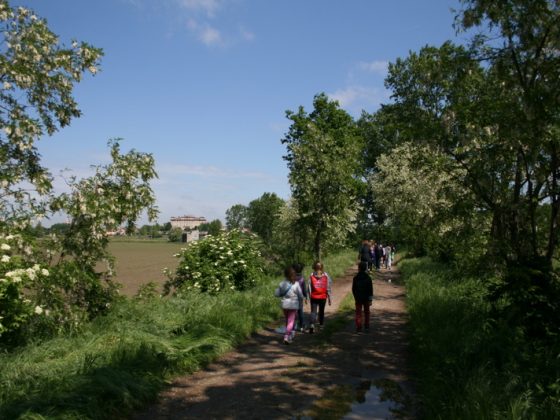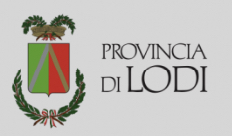23. The Via Francigena
23. The Via Francigena
The Via Francigena is part of a series of roads, also known as the roads of Rome, that stretch from central Europe to Rome. In the Middle Ages the roads pilgrims travelled to reach the eternal city were called the vie romee. The route of the Via Francigena was described in detail in the travel diary of Sigerico, Archbishop of Canterbury, who in 990 A.D. travelled to Rome to visit Pope John XV to receive the Pallio. The diary was written during the return journey from Rome. The journey was divided into 79 legs: it started from Canterbury, passing through France and Switzerland and crossed into Italy to reach Rome.
The section of the Italian via Francigena includes 44 legs and starts from the San Bernardo Pass and ends in Rome.
It was thanks to the information obtained from the description of Sigerico that it was possible to establish the original route of the Via Francigena.
In 1994 the Council of Europe recognised the Via Francigena as a “Cultural Itinerary of Europe”
The Francigena enters the territory of Lodi at Ponte di Mariotto near the river Lambro, right on the border between the Municipalities of Chignolo Po (Pavia) and Orio Litta (Lodi). After the bridge it turns right and travels along the section of the banks of the Lambro with a view of the Po, through the green countryside of Lodi, to arrive, after a 4 km section in an attractive, quiet area, with a view of Corte S. Andrea al Transitum Padi di Sigerico in the Municipality of Senna Lodigiana, the ancient ” Curtis Sinna “of the Carolingian period.
It is still possible to travel along the river today in this corner of the river Po. In this section there is an embarkation point at Corte sant’Andrea.
Travelling along the great river allows us to discover natural landscapes of rare beauty, thanks to a winding route overlooked by rich and diverse flora. The boat Ligaligö with 50 seats, provides a service for tourists, offering the visitor every type of comfort.

The Via Francigena is part of a series of roads, also known as the roads of Rome, that stretch from central Europe to Rome. In the Middle Ages the roads pilgrims travelled to reach the eternal city were called the vie romee. The route of the Via Francigena was described in detail in the travel diary of Sigerico, Archbishop of Canterbury, who in 990 A.D. travelled to Rome to visit Pope John XV to receive the Pallio. The diary was written during the return journey from Rome. The journey was divided into 79 legs: it started from Canterbury, passing through France and Switzerland and crossed into Italy to reach Rome.
The section of the Italian via Francigena includes 44 legs and starts from the San Bernardo Pass and ends in Rome.
It was thanks to the information obtained from the description of Sigerico that it was possible to establish the original route of the Via Francigena.
In 1994 the Council of Europe recognised the Via Francigena as a “Cultural Itinerary of Europe”
The Francigena enters the territory of Lodi at Ponte di Mariotto near the river Lambro, right on the border between the Municipalities of Chignolo Po (Pavia) and Orio Litta (Lodi). After the bridge it turns right and travels along the section of the banks of the Lambro with a view of the Po, through the green countryside of Lodi, to arrive, after a 4 km section in an attractive, quiet area, with a view of Corte S. Andrea al Transitum Padi di Sigerico in the Municipality of Senna Lodigiana, the ancient ” Curtis Sinna “of the Carolingian period.
It is still possible to travel along the river today in this corner of the river Po. In this section there is an embarkation point at Corte sant’Andrea.
Travelling along the great river allows us to discover natural landscapes of rare beauty, thanks to a winding route overlooked by rich and diverse flora. The boat Ligaligö with 50 seats, provides a service for tourists, offering the visitor every type of comfort.


